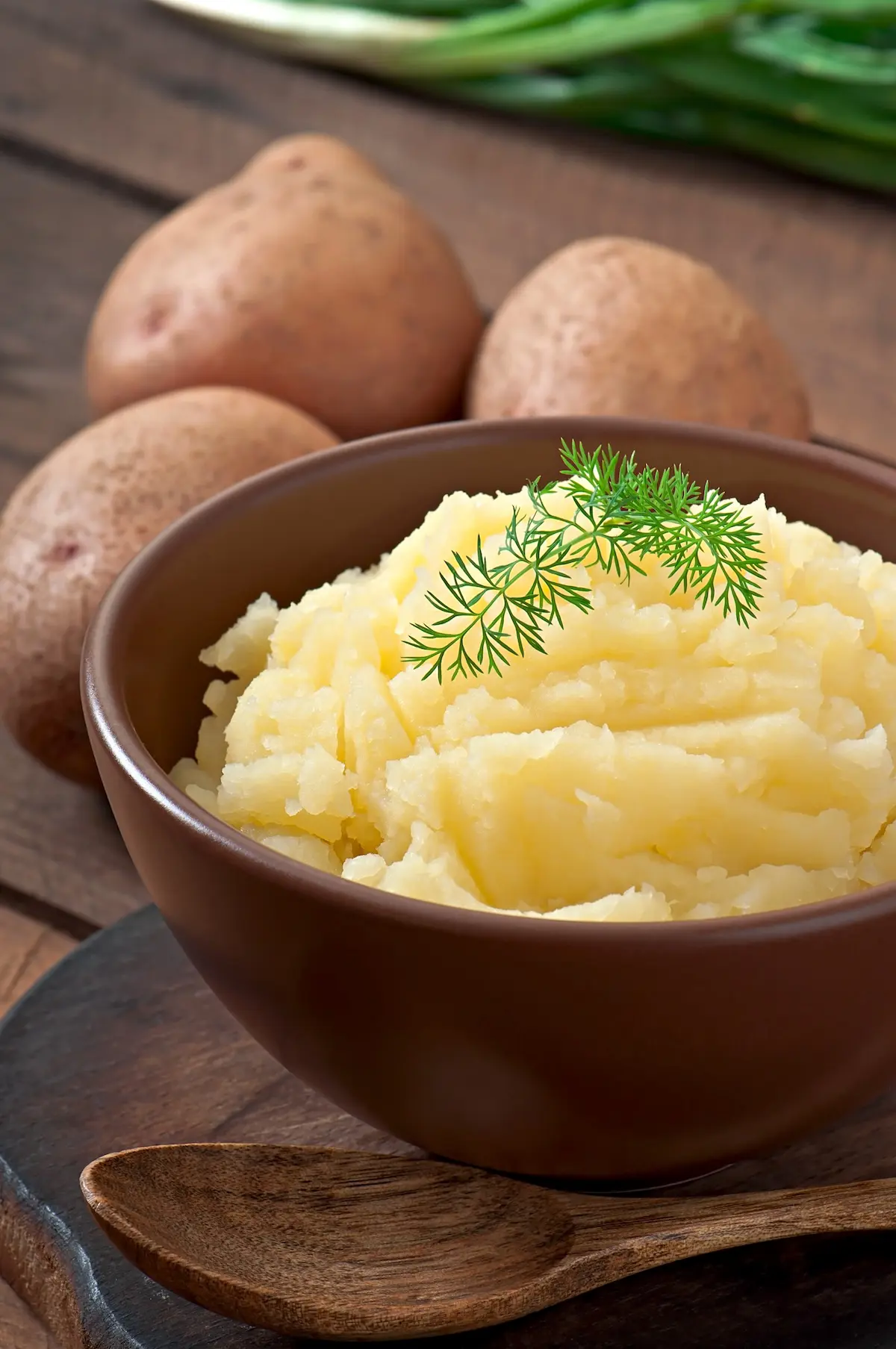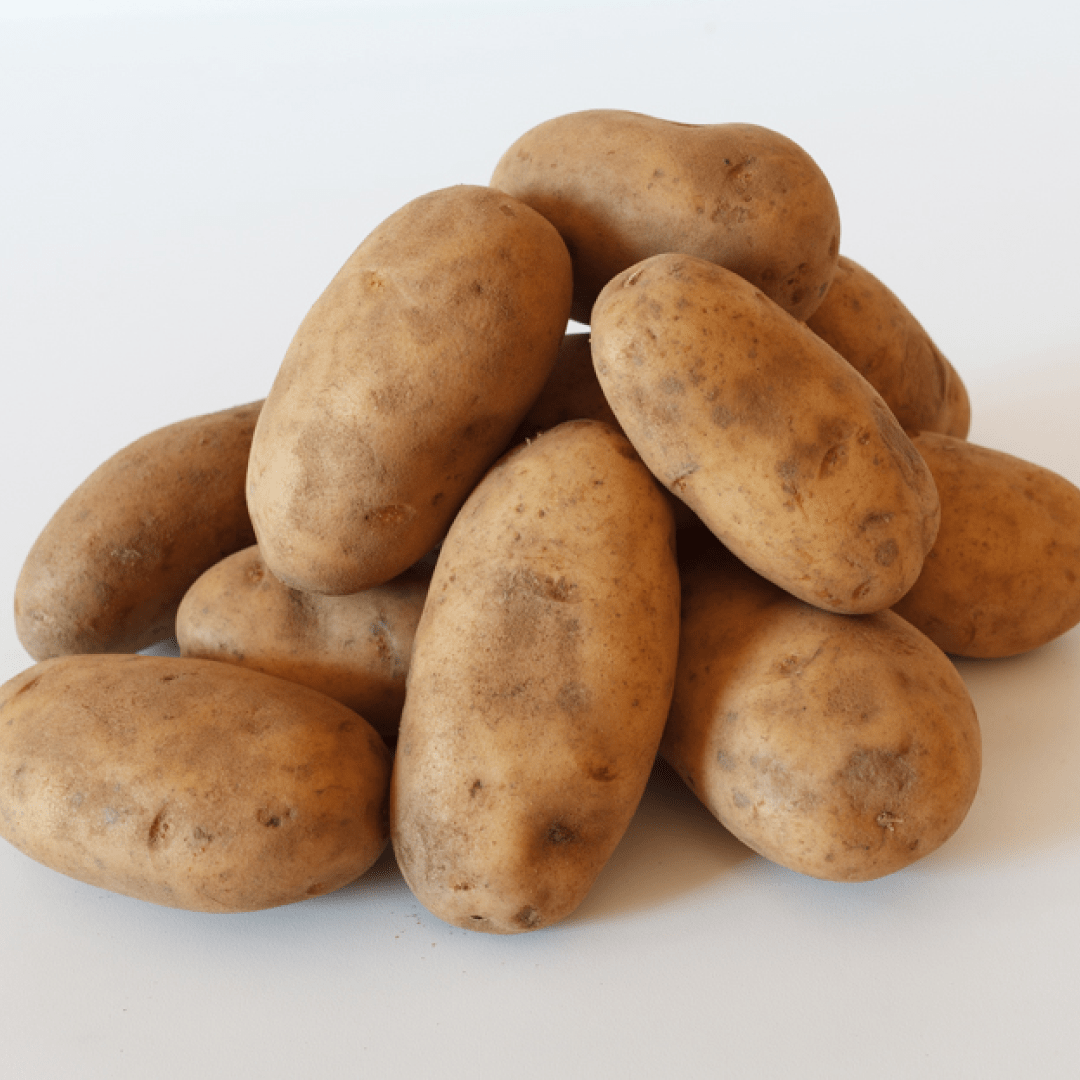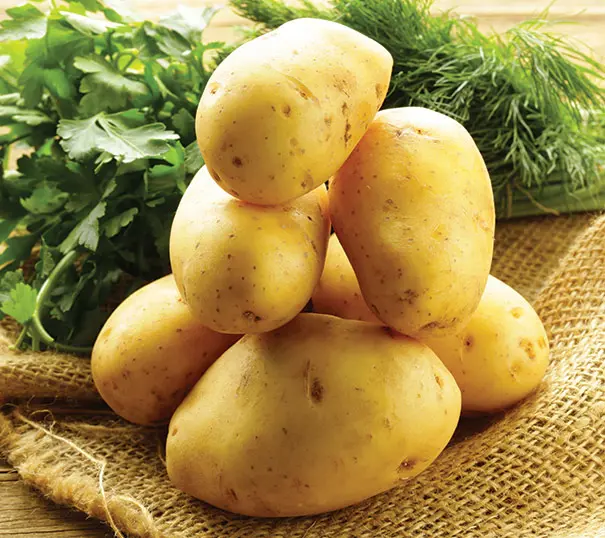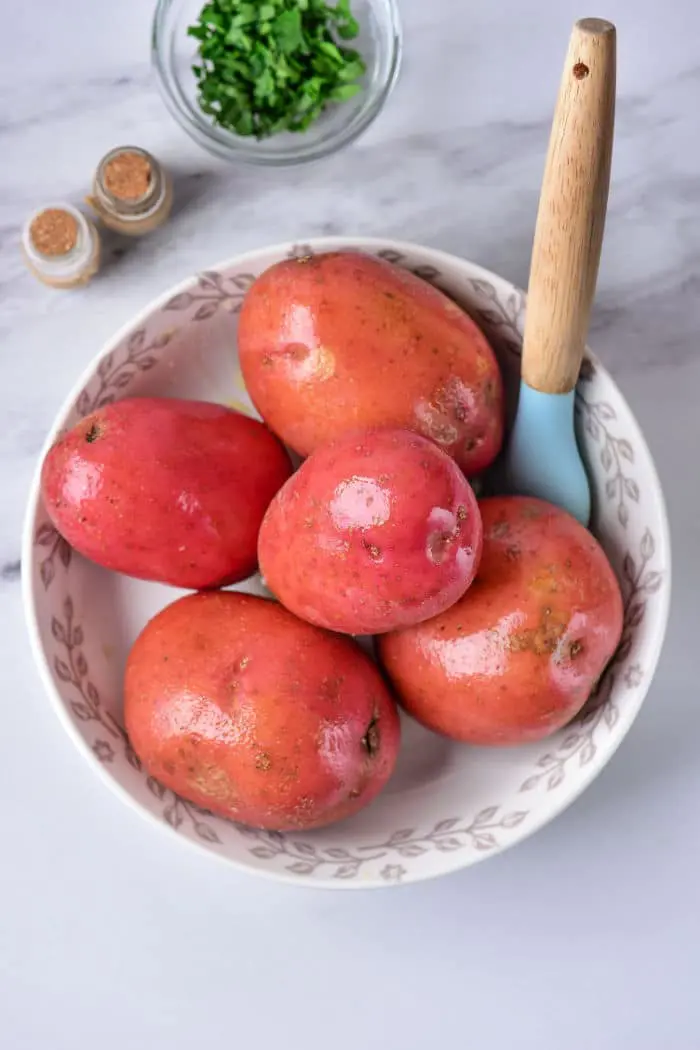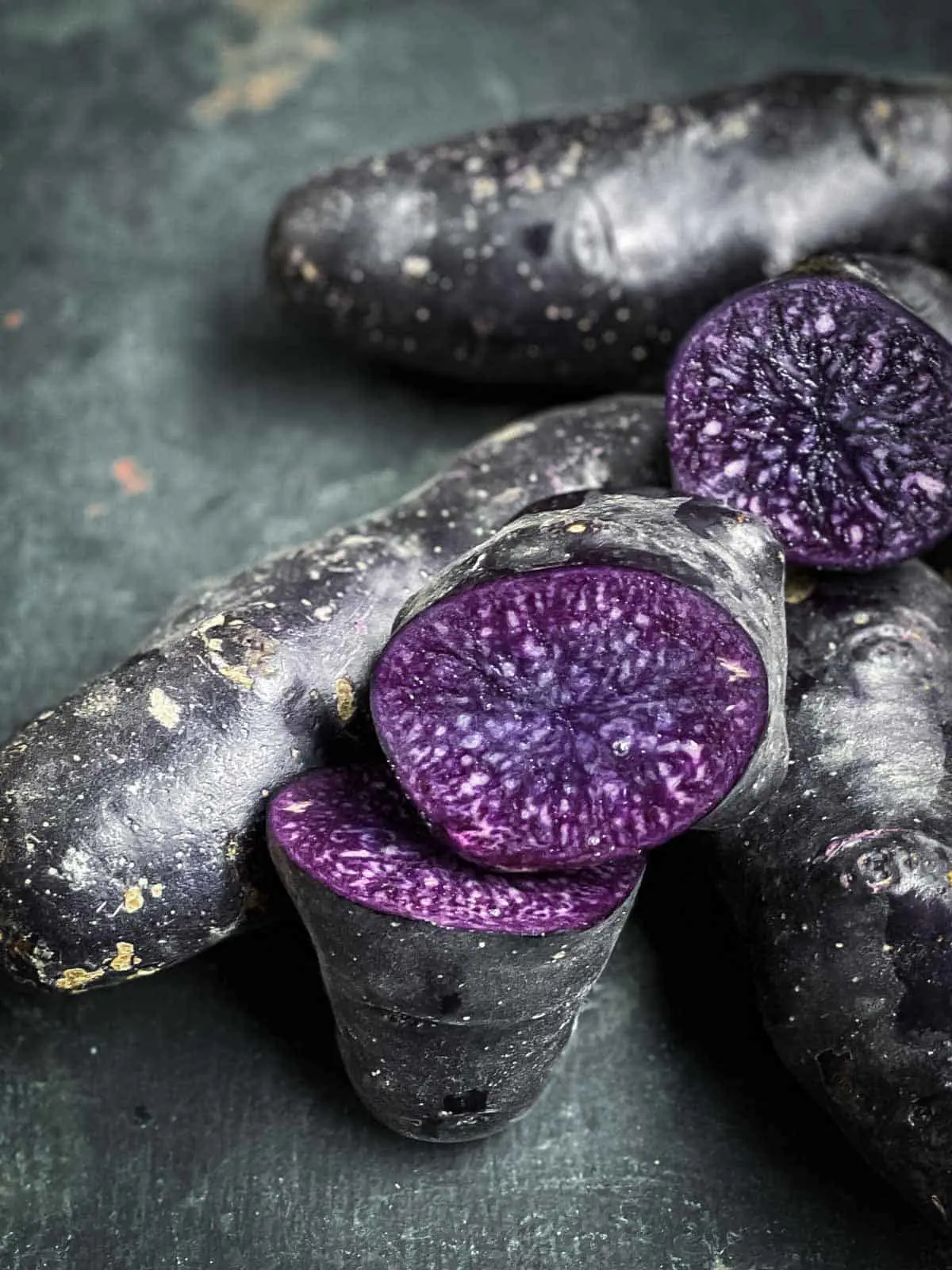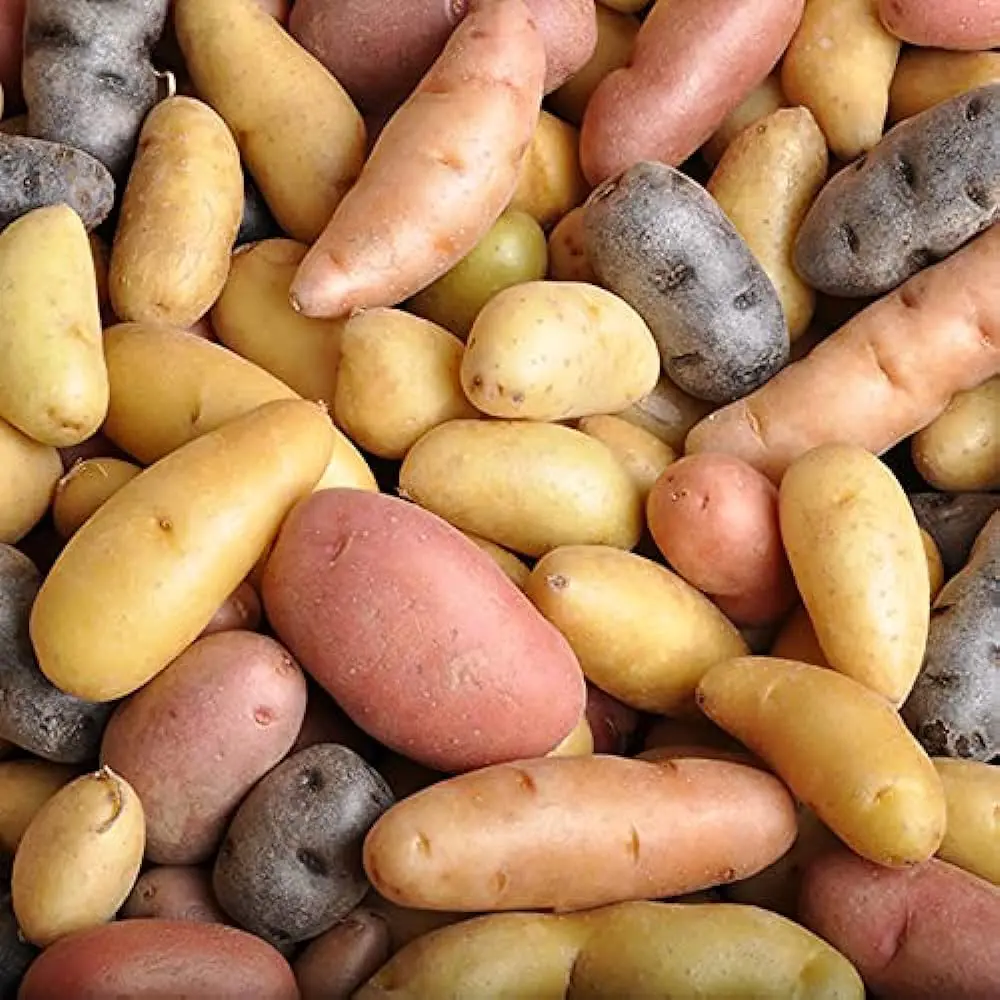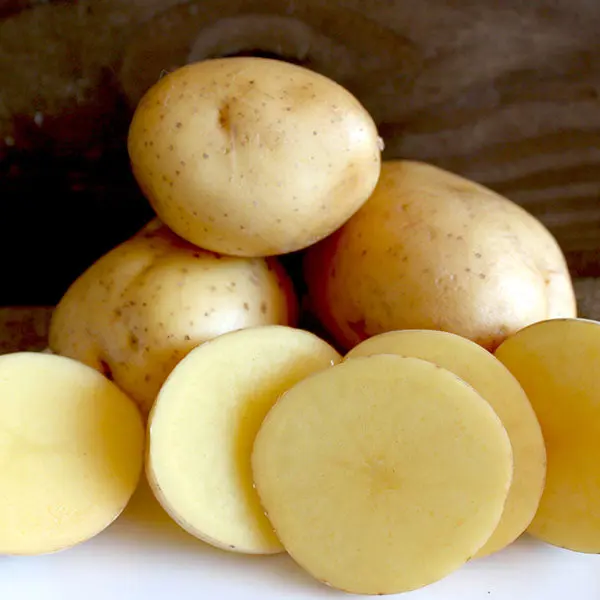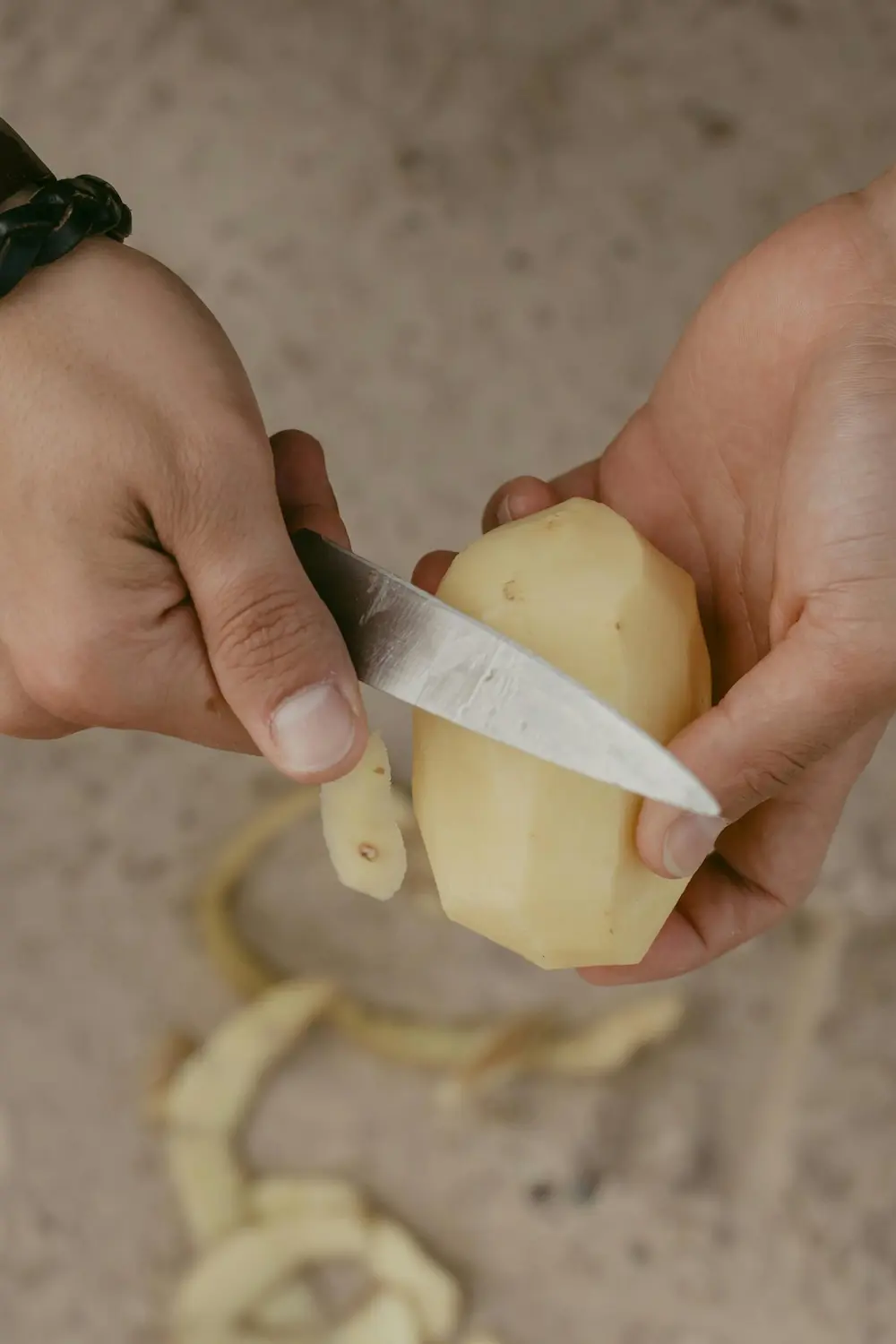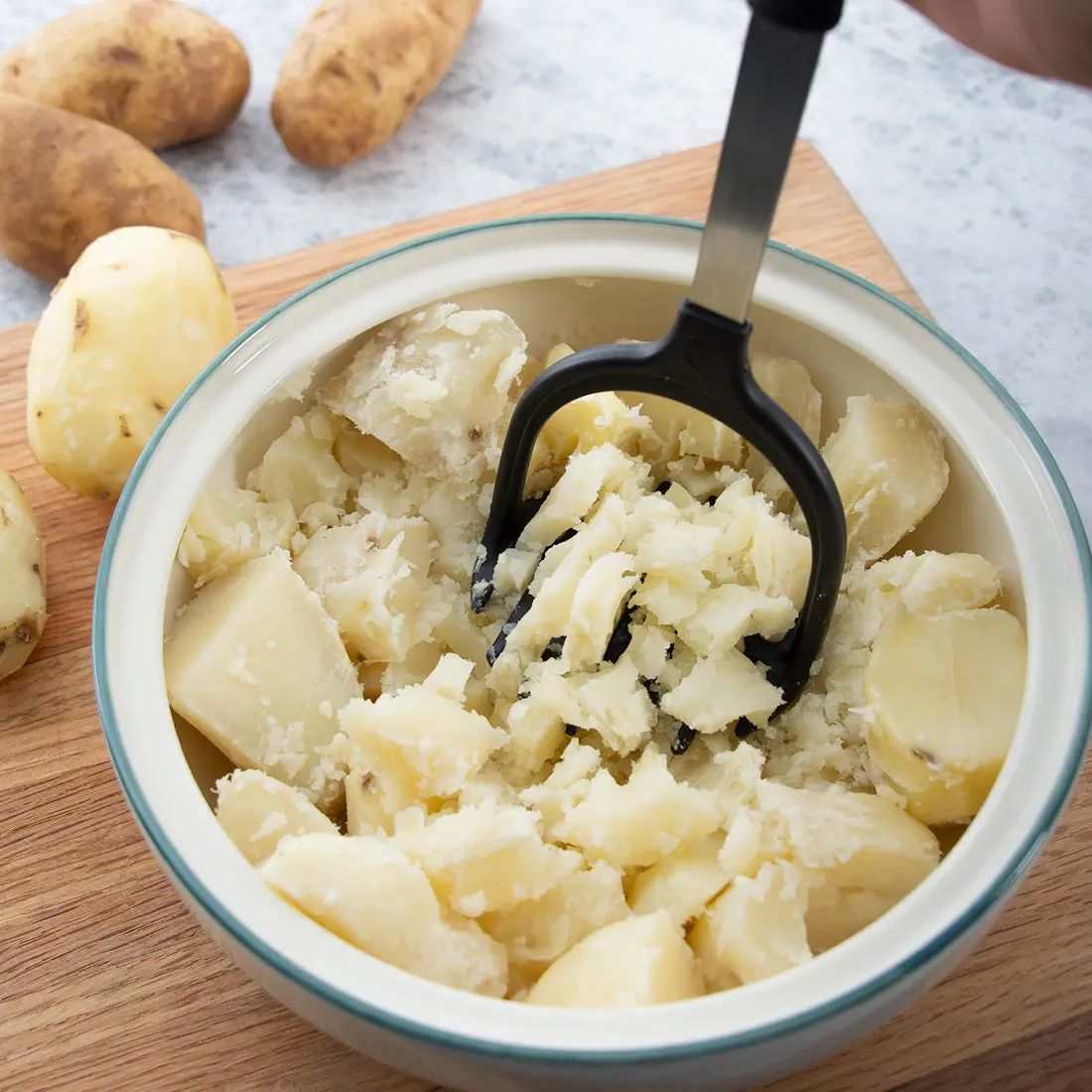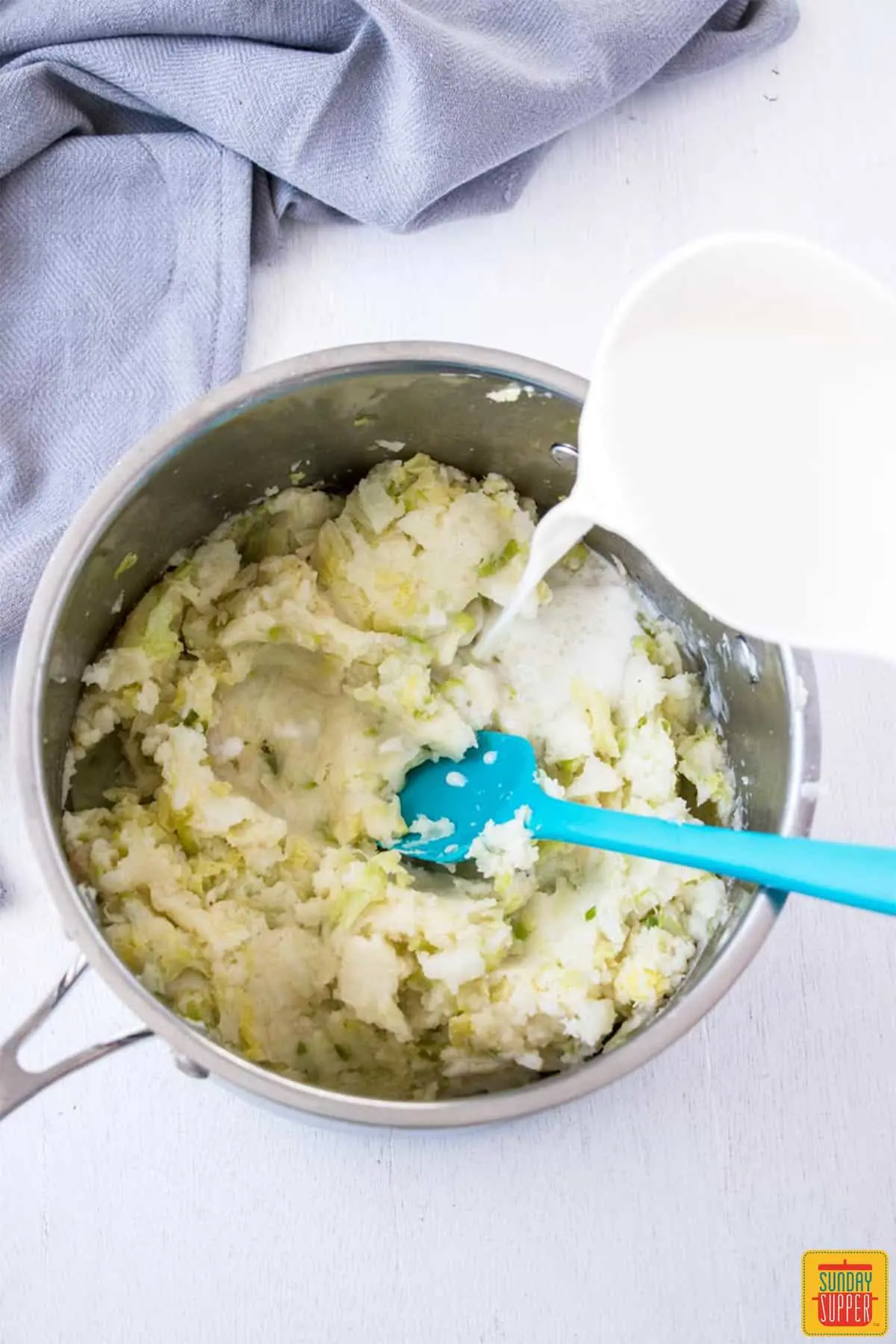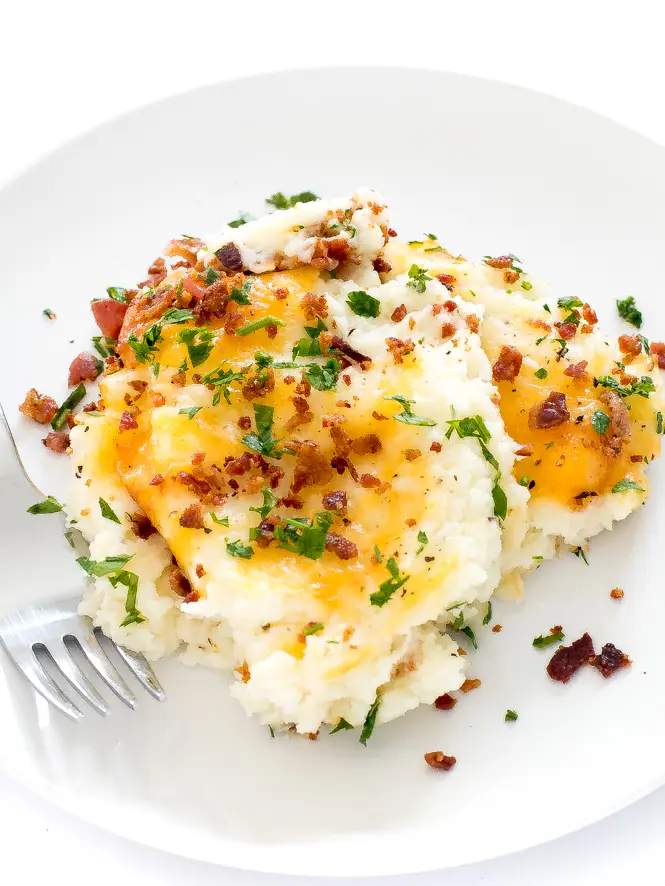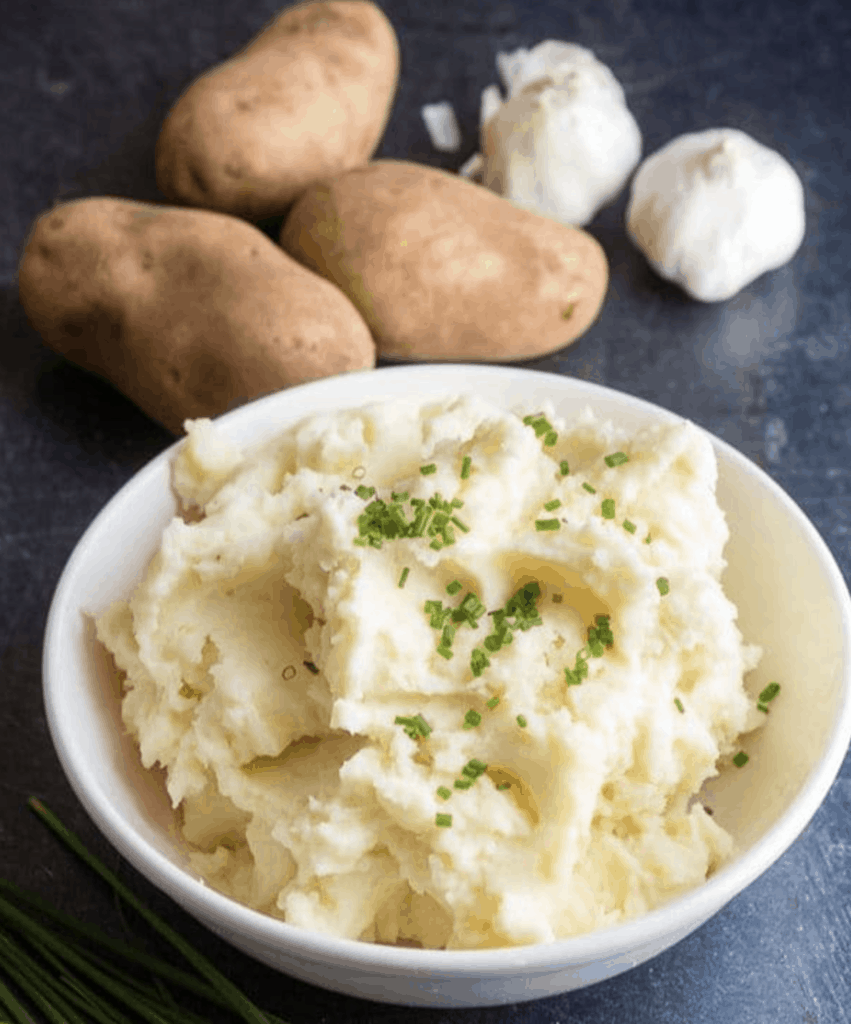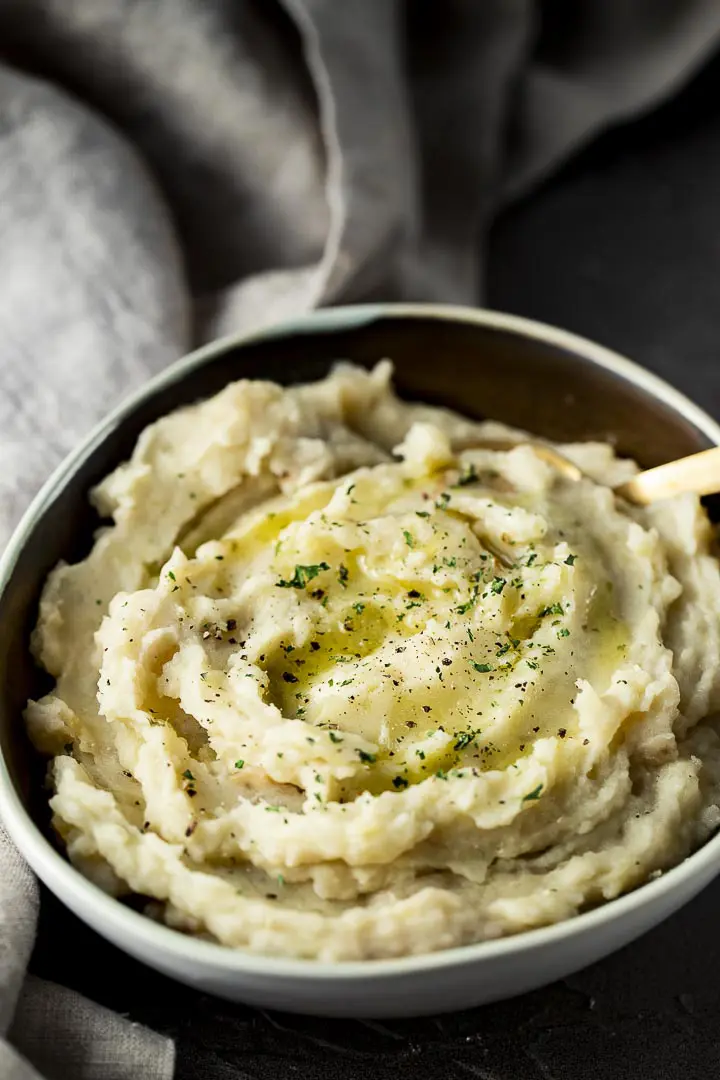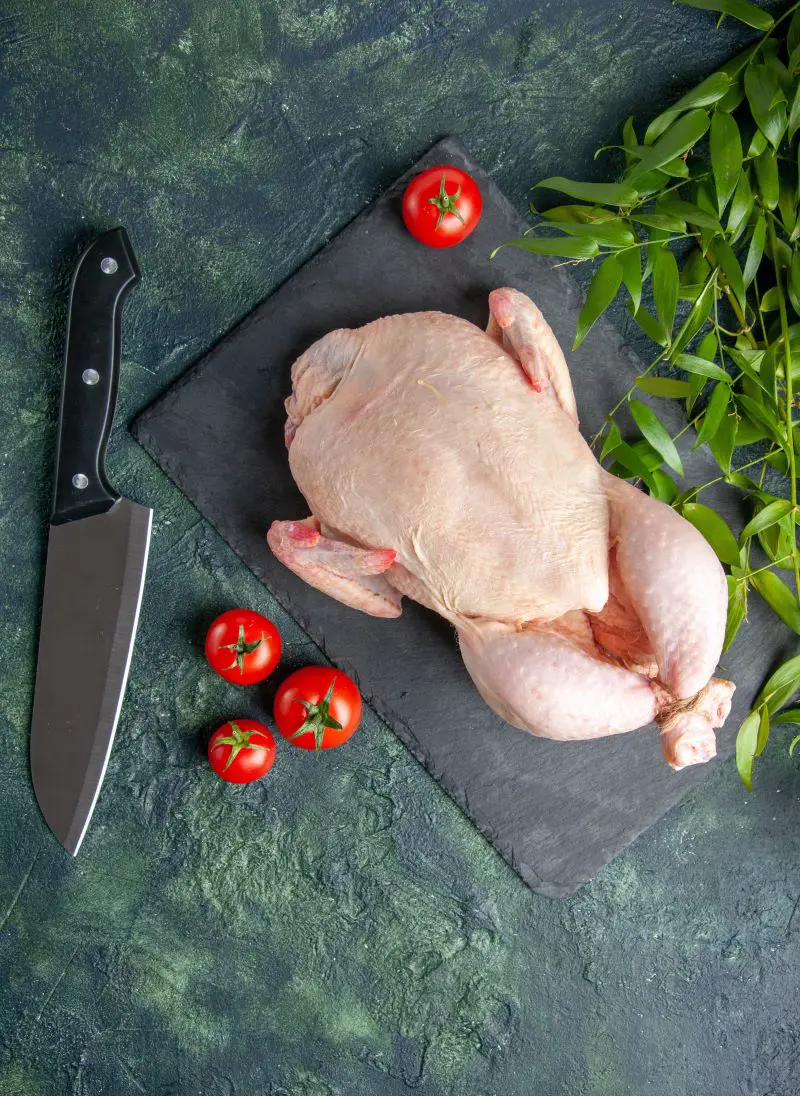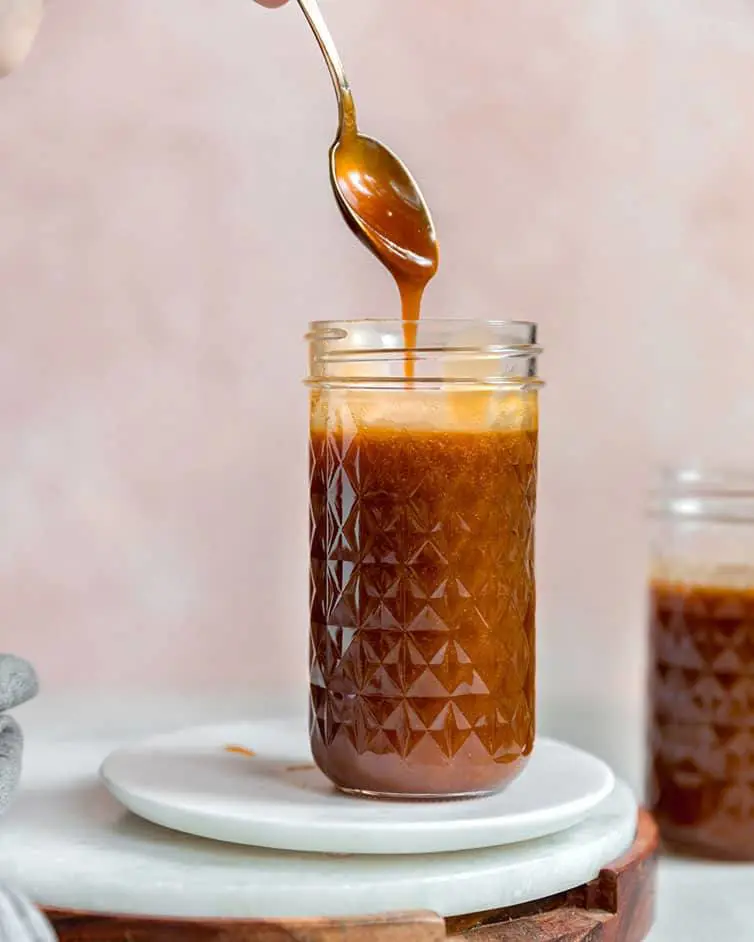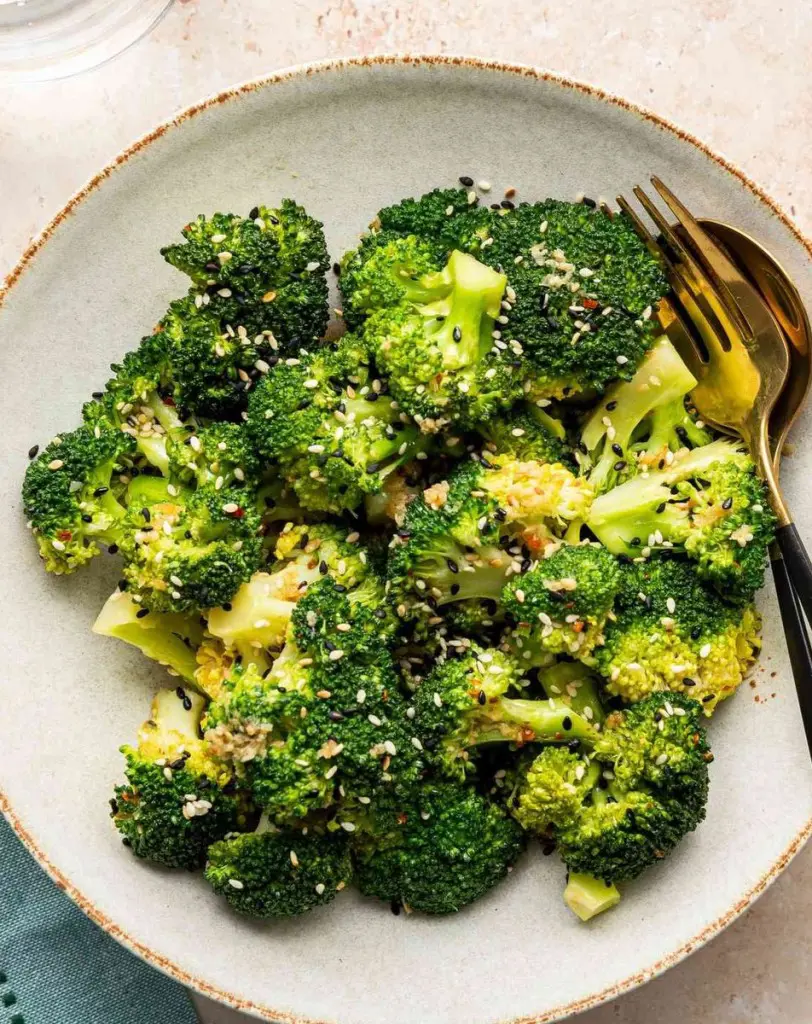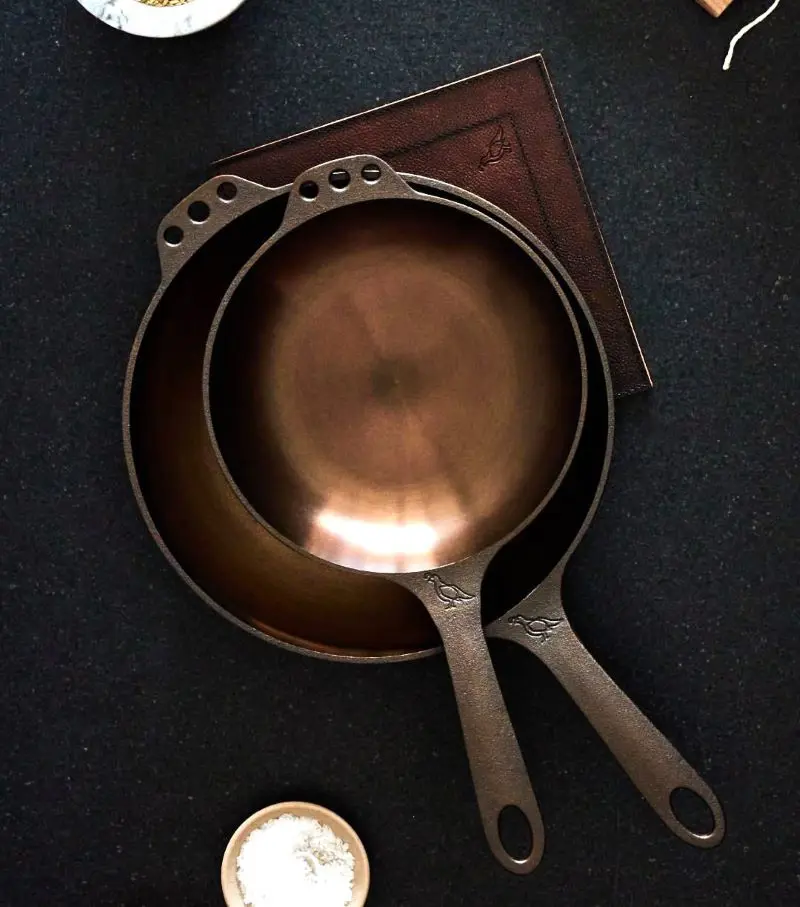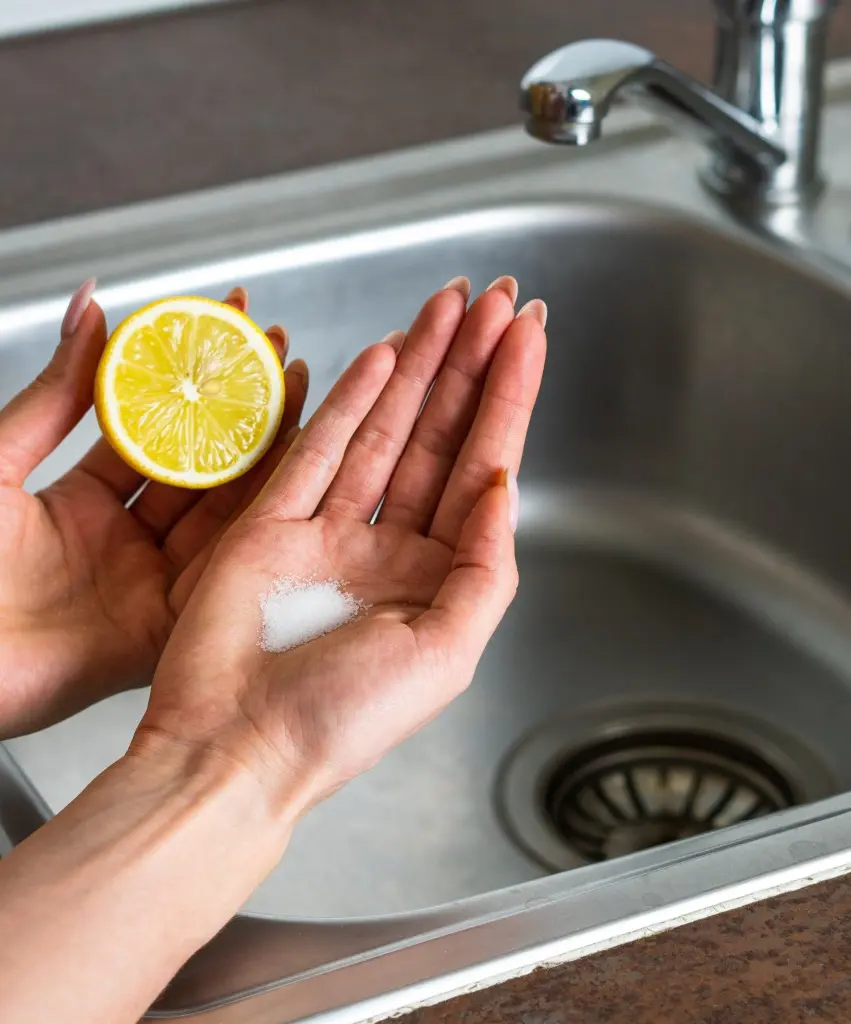What Potatoes Are Best For Mashing?
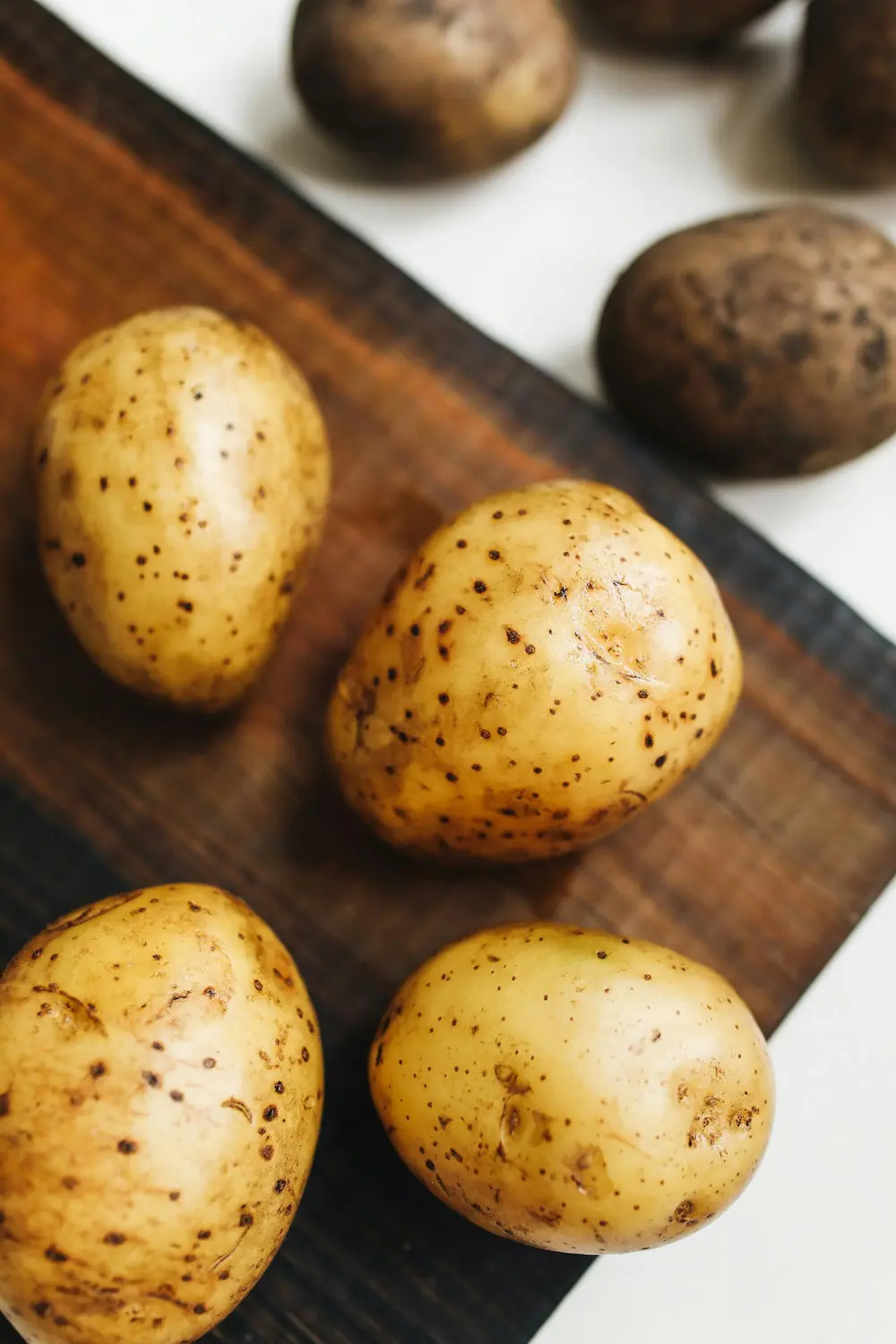
When it comes to mashed potatoes, choosing the right potato variety can have an immense impact on the final texture and flavor. While russet potatoes are usually considered best for mashing, choosing starchy varieties is key. Starch content, moisture level, and season can all affect a potato's mashing potential.
Ideally, a potato suited for mashing should have a higher starch content. These starches are released during the cooking and mashing process, helping to bind the potatoes and create a creamy, smooth texture.
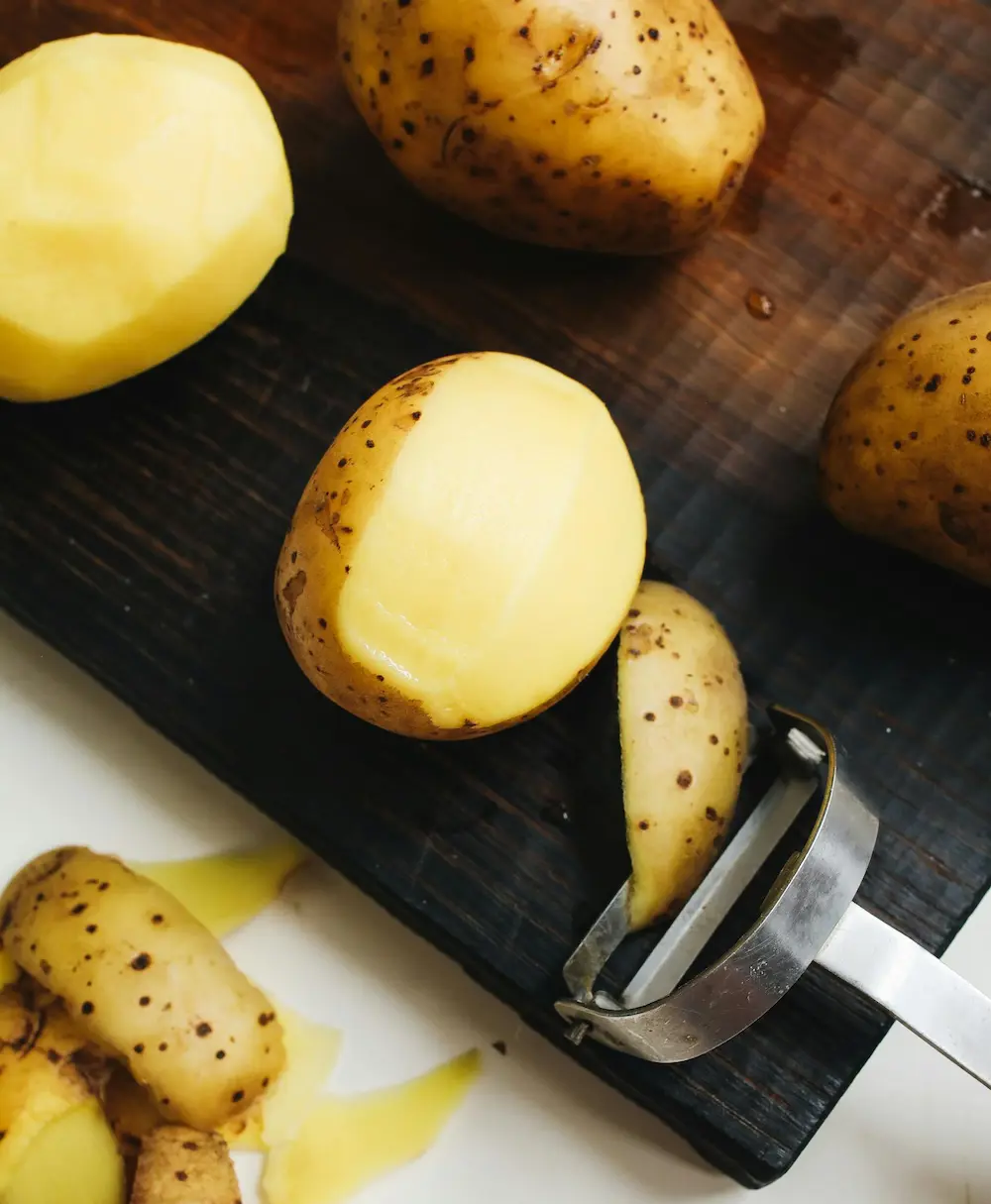
Along with starch content, the moisture level of the potato itself plays an important role in mashing. Excess moisture means more water to evaporate during cooking and a looser, thinner mash. Dryer, starchier potatoes retain their texture better.
Season and availability also come into play. Potatoes mature in late summer and into fall, meaning the freshly dug potatoes from farmers markets and grocers in autumn may be of higher quality than potatoes stored from the previous year's crop.
Based on the desired consistency and flavor profile, there are different varieties of potatoes that might fit different categories. Some of those include:
